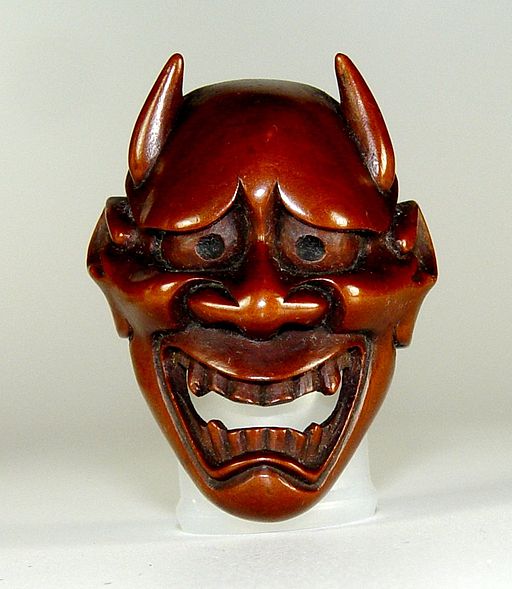The first two characters in the Heart Sutra are 摩訶, which is the Chinese transliteration of महा (mahā́), which in English means “great”. The third and fourth characters are 般若, which is the Chinese transliteration of प्रज्ञा (prajñā), which in English means, more or less, “wisdom”. But actually it’s best not to assume that prajñā necessarily means what a native speaker of English thinks that “wisdom” means, so it’s much safer to just stick with prajñā.
Before getting back to 般若, though, it’s necessary to address one potential source of confusion here: the question of where, exactly, does the Heart Sutra “start”? When chanting the heart sutra, Buddhists traditionally start with the title itself, which in Chinese characters is
摩 訶 般 若 波 羅 蜜 多 心 經
ma ha ban ya ba ra mil ta shim gyong
But when writing out the Heart Sutra there is less uniformity in how the title it treated. Sometimes the title is dispensed with altogether, something it is shortened to simply 心經 (literally: Heart Sutra), and often one finds that the initial 摩訶 is left off. In my opinion, if one is writing out the Heart Sutra as a form of spiritual practice, then it is best to write the Sutra the same way that it is chanted. In my tradition (which comes from Korea) this means reciting the complete title at the beginning and then again at the end of the Sutra.
So just be warned: if you go looking around at various examples of the Heart Sutra written out in Chinese characters, sometimes it will start with 摩訶 (mahā́), sometimes it will start with 般若 (prajñā), sometimes it will start with 心經 (“shimgyong” in the Korean pronunciation, or “shingyo” in the Japanese rendition), and sometimes it will start with 觀自 (which are the first two characters of the Sutra itself, that is, the first two characters that come after the title).
Now, back to 般若 (prajñā). The first character is 般 (bān), which means “sort, kind, class, like, similar to”. To get a slightly better feel for the meaning of 般, it is helpful to see a couple of examples of 般 in action. 這般 (zhè-bān) means “this way” or, more literally “this sort”, where 這 = “this”. A second illustrative combination is 百般 (bǎi-bān), which literally means “100 sorts” (百 = “bǎi” = 100). 百般 in practice means “every possible way”.
The character 般 is itself made up of two characters: 舟 (zhōu) + 殳 (shū). The first character, 舟, means “boat”, while the second character, 殳, means “weapon” or “lance” – but it can also mean “tool” or the “handle” of either a tool or a weapon. In this case, the meanings of the individual characters don’t seem to have any bearing on the new character made by combining them.
The second half of of 般若 is the character 若 (ruò), which means “like, as if, if, supposing”. An interesting example how 若 is used is the phrase 自若 (zì-ruò), which literally means “oneself as if”. This phrase is usually translated into English as something like “calm, self-possessed, at ease”. We will meat 自 again in the second line of the Heart Sutra. Another interesting phrase combines 若 with 非 (fēi), which means “is not”. The phrase 若非 is used to mean “is not” or “were it not for” or “if not for”. 非 features prominently in the opening lines of Dao De Jing: 道可道,非常道。名可名,非常名。(Which Charles Muller translates as “The Way that can be followed is not the eternal Way. The name that can be named is not the eternal name.”)
若 is made up of two characters stacked on top of each other. The top character is 艹, which is the radical for of 艸 (cǎo), which means “grass”. The lower part is the character 右 (yòu), which means “right” (as in the direction), or “west”.
In Japanese Noh theatre, 般若 (pronounced “Hannya”) is a kind of mask that is supposed to represent an angry female demon. How this particular mask came to be called this is not clear.

And here is a very brief video on Hannya Masks:
